When It Comes to Royal Families Around the World, the Future is Female
The world is about to lose its last queen regnant in Queen Margrethe—but the next generation of monarchs is overwhelmingly female.


With Queen Margrethe of Denmark’s shocking announcement on New Year’s Eve that she is abdicating the throne after 52 years on January 14, the world will suddenly be without a queen regnant (a queen born to the throne, not a consort that married into the family). Much like her third cousin Queen Elizabeth, Margrethe was the longest-reigning monarch in her country, and her loss to both Denmark and the global royal stratosphere is profound.
So, yes, royal families around the world may be helmed by a boy’s club right now, but that won’t last. Sweden, Spain, the Netherlands, Belgium, and Norway all have heir apparents that are women—so, when it comes to the global royal landscape, the future is very, very female. Long may she reign!
Crown Princess Victoria of Sweden
Though Crown Princess Victoria, 46, is the eldest of King Carl Gustaf and Queen Silvia’s three children, after her brother Prince Carl Philip was born in 1979, she was bumped down behind him in the line of succession because he is male—until Sweden changed its constitution so that birth order determined the line of succession regardless of gender. This change was effective January 1, 1980, once again making Victoria the heir apparent after seven months as No. 2. (Most of the women here will be on the throne thanks to absolute primogeniture, just like what happened in Sweden.) When Victoria takes the throne, she will be Sweden’s fourth queen regnant and its first since 1720. Of these group of future queen regnants, Victoria is so far the only one that is a wife and mother; she married Daniel Westling in 2010, and they have two children.
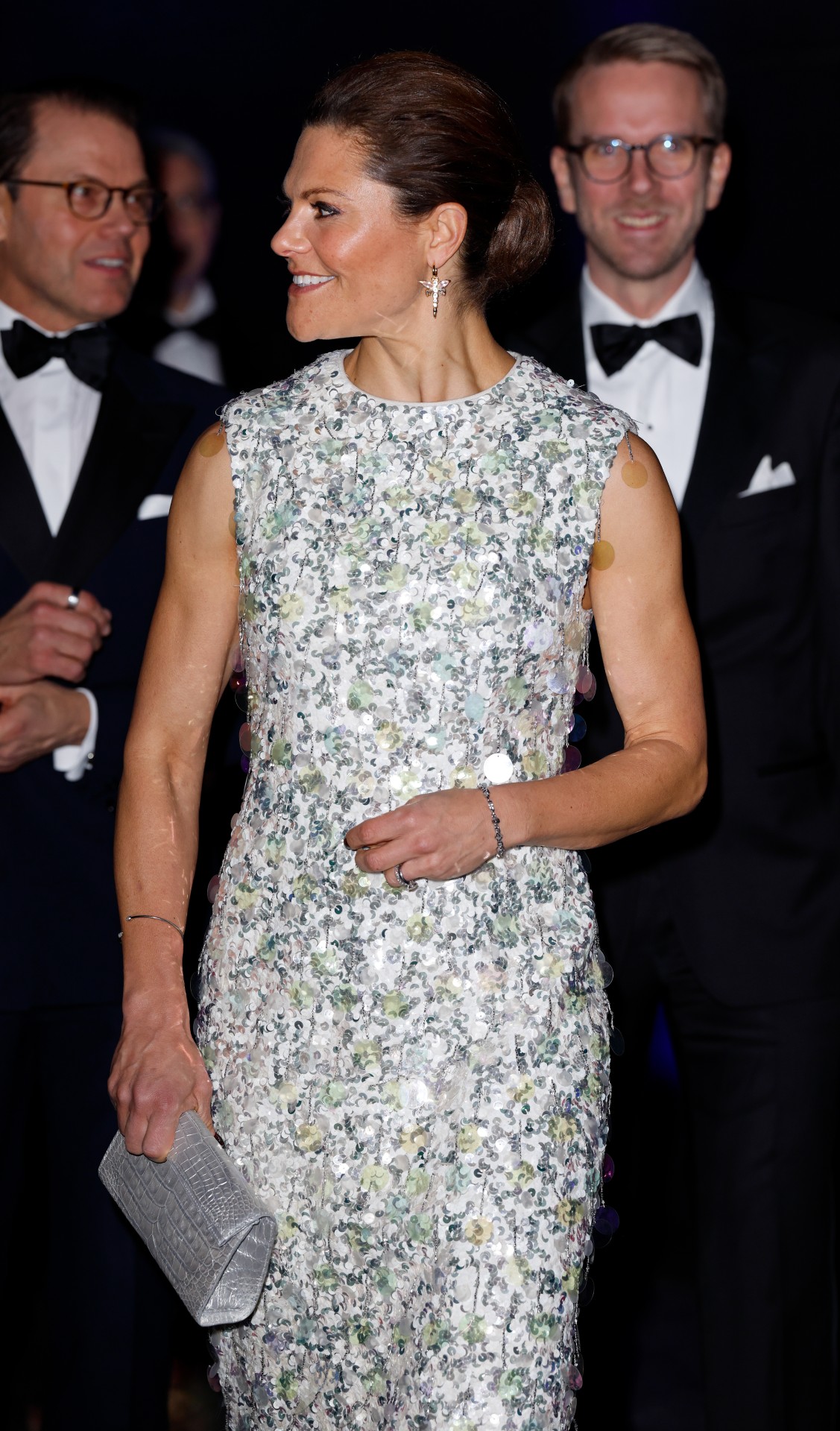

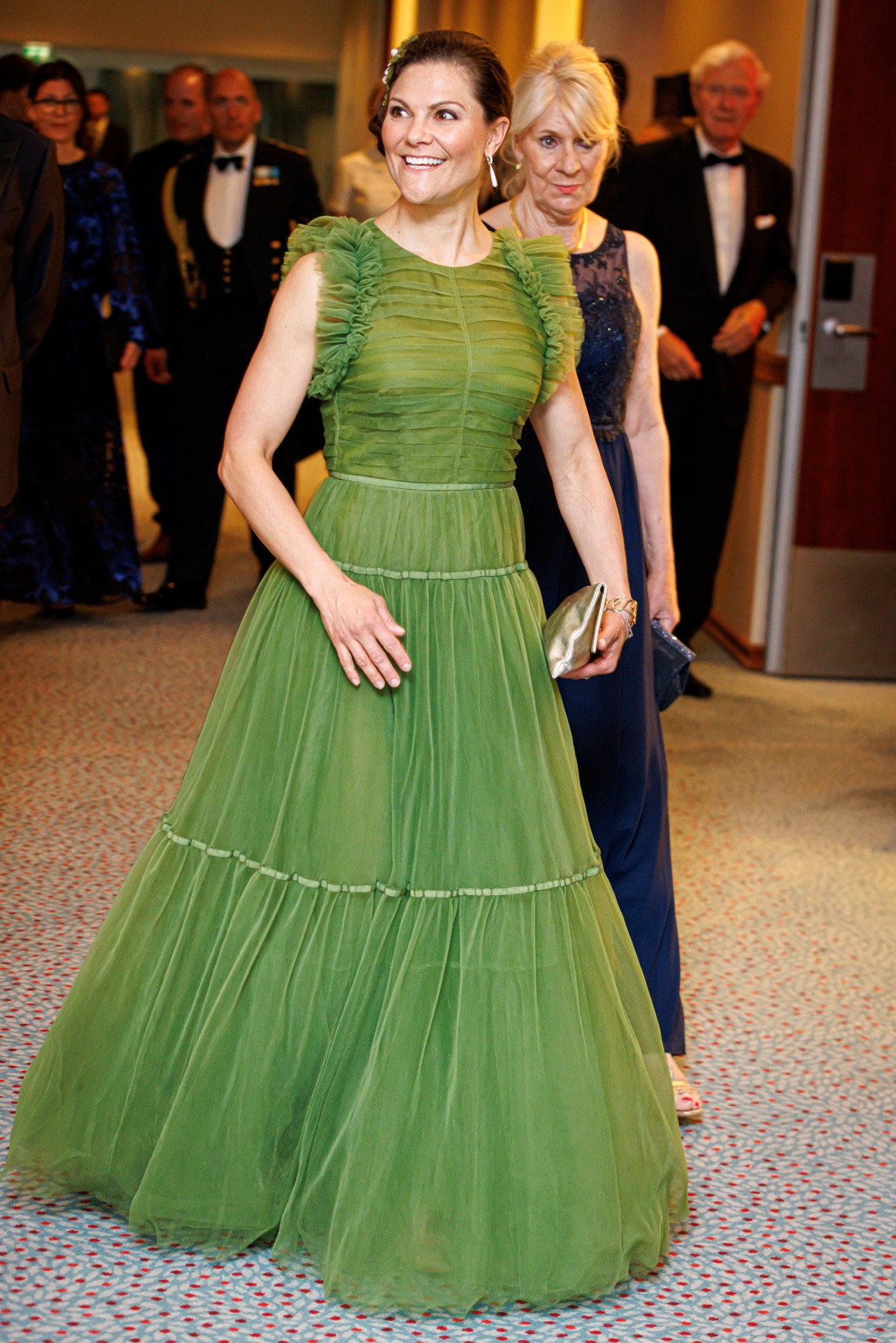
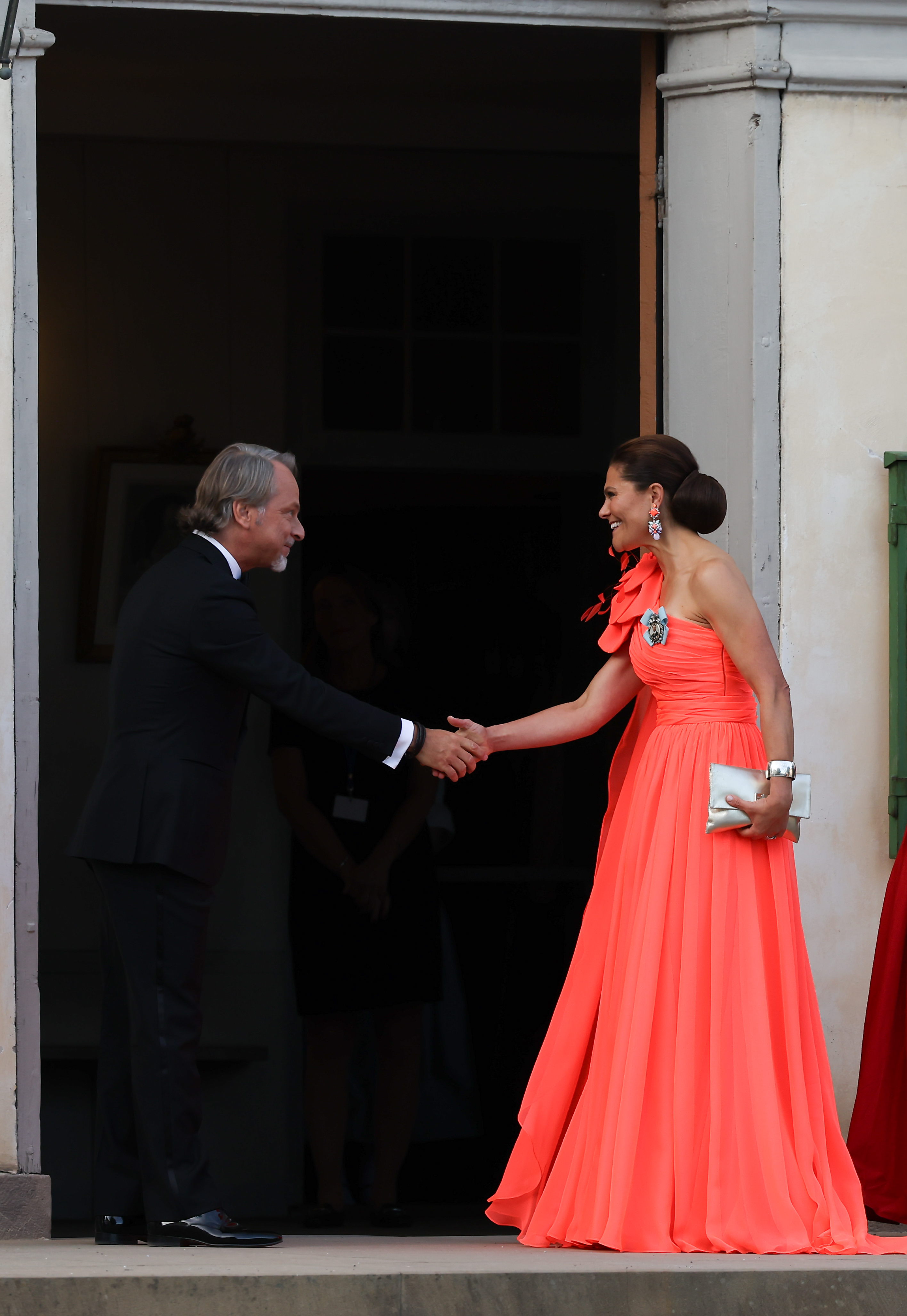
Princess Elisabeth of Belgium
Princess Elisabeth, 22, is the eldest of King Philippe and Queen Mathilde’s four children and became Duchess of Brabant and heir to the throne in 2013 after her grandfather King Albert abdicated. After taking part in her first royal engagement at just five years old in 2006, she gave her first public speech (in Dutch) in 2011, when she was nine. She undertook military training for her future role as queen, and in August 2020 entered the Royal Military Academy in Brussels, studying social and military sciences. She swore the officers’ oath in September 2023, being commissioned as a second lieutenant in the Belgian Army. She reads history and politics at Lincoln College, Oxford, and has rowed crew under the name “Elisabeth de Saxe-Cobourg.” She speaks Dutch, French, German, and English, has taken classes in Mandarin Chinese, and holds children with learning difficulties, the elderly, the homeless, and the disabled as causes close to her heart.

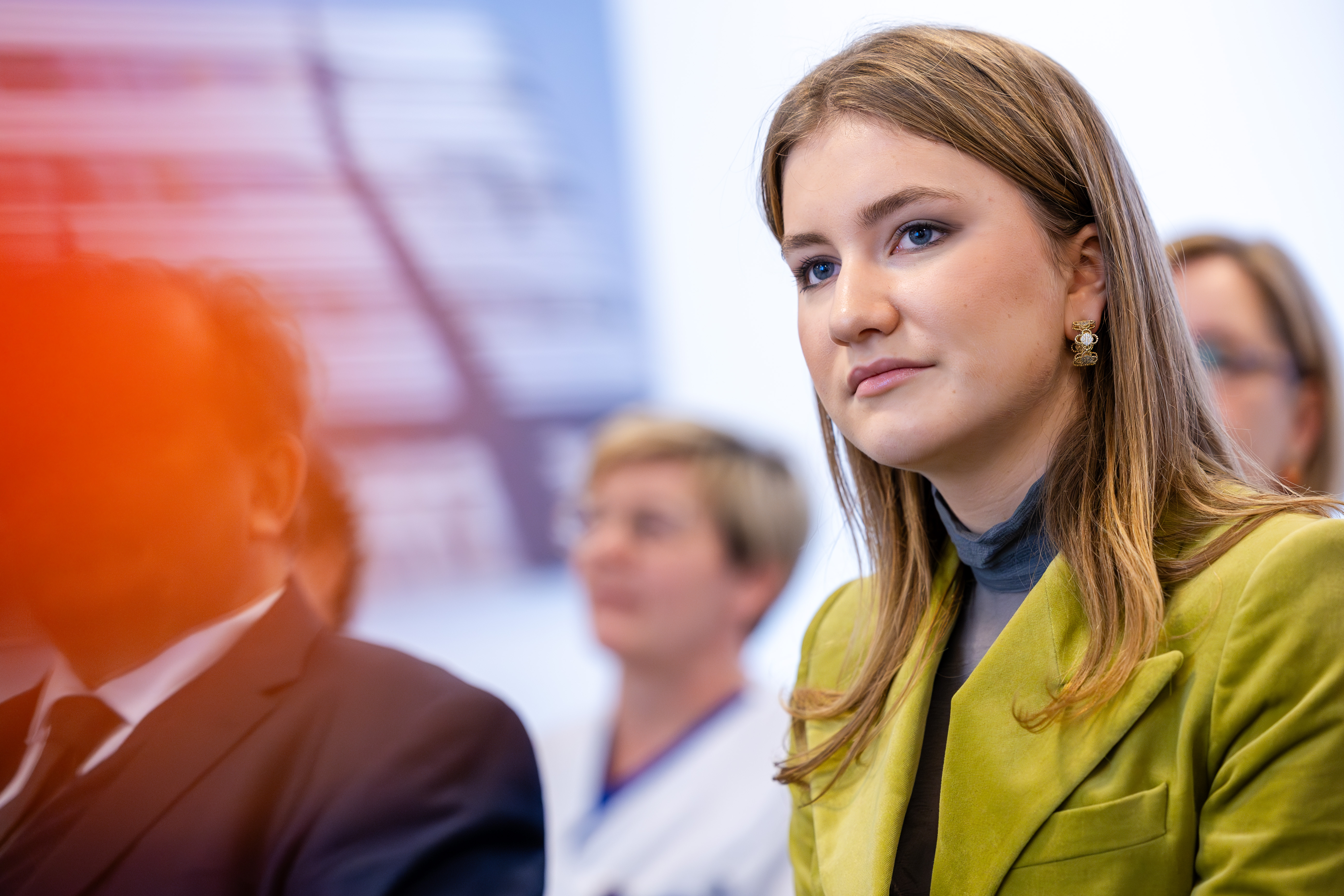

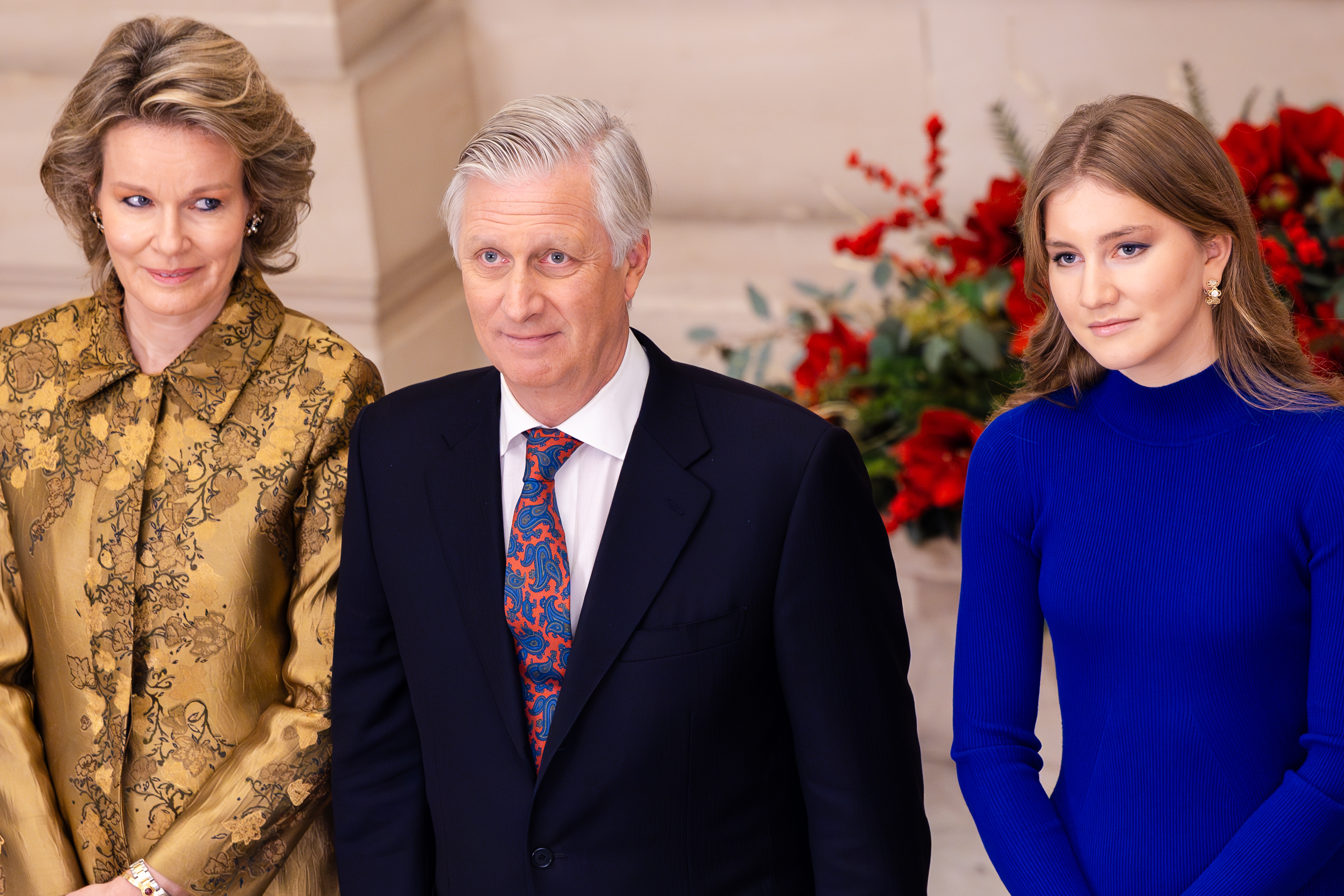

Princess Catharina-Amalia of the Netherlands
Princess Catharina-Amalia, 20, became first in line to the throne when her father, King Willem-Alexander, ascended in 2013—when she was just nine years old. The eldest of Willem-Alexander and Queen Maxima’s three daughters, Catharina-Amalia is the first Princess of Orange in her own right (Prince or Princess of Orange is the title given to the heir to the throne in the Netherlands). She made headlines in June 2021 when she announced her refusal to accept her €1.6m annual income, as it made her uncomfortable that she hadn’t yet done anything to earn it. (Respect.) She’s currently studying politics, psychology, law, and economics at the University of Amsterdam and, in addition to speaking Dutch, English, and Spanish, has taken classes in Mandarin Chinese.
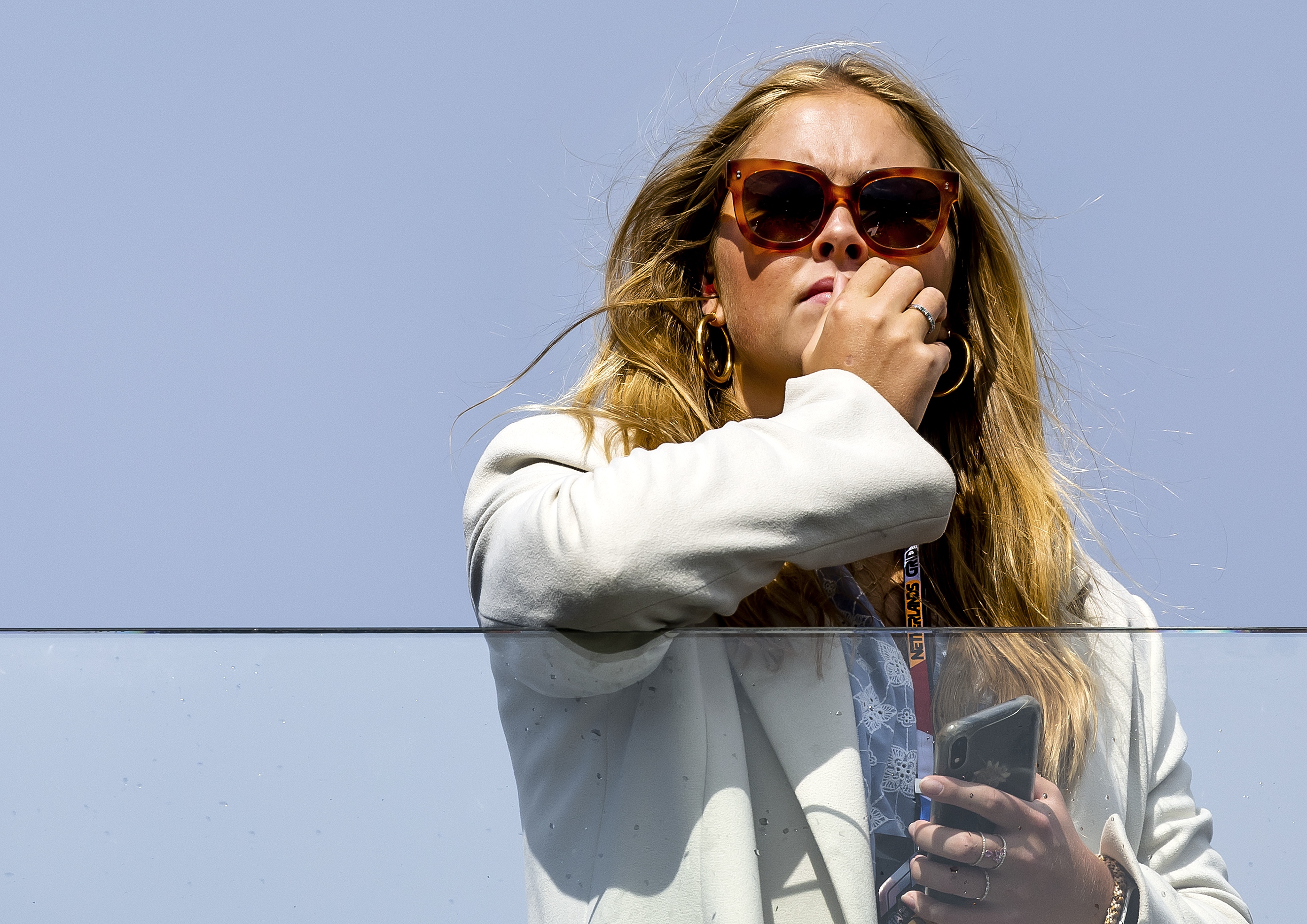


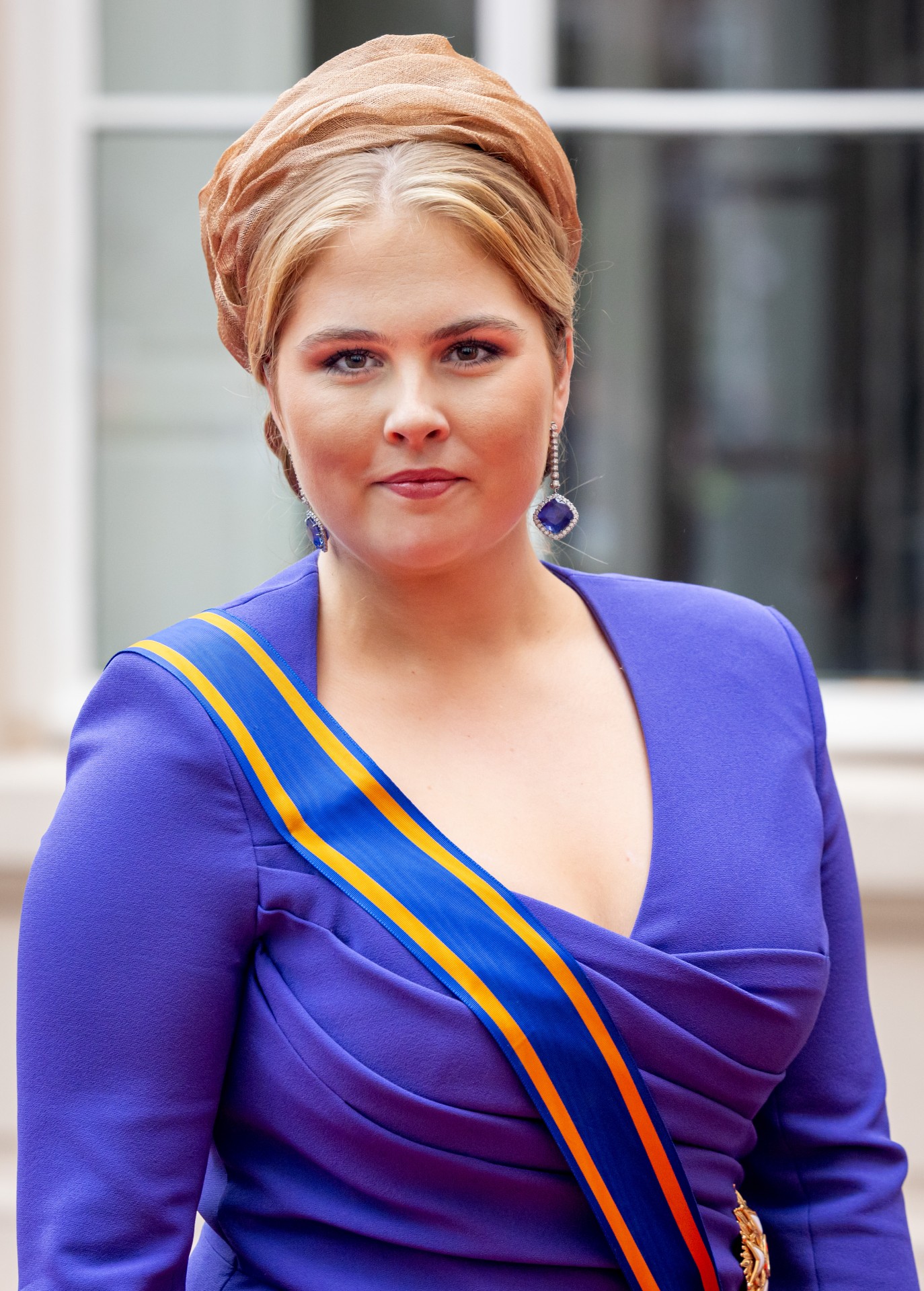

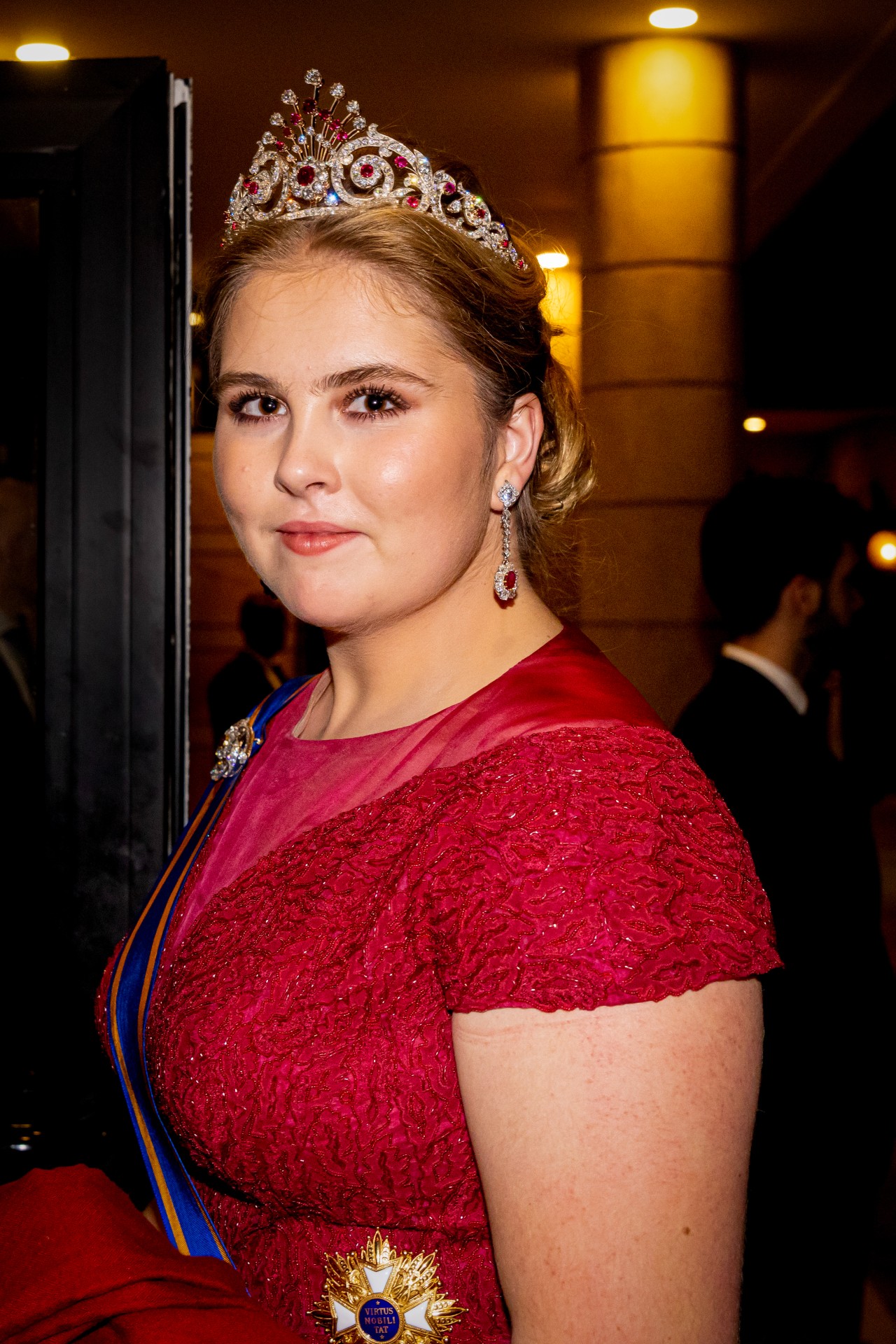
Princess Ingrid Alexandra of Norway
After Princess Ingrid Alexandra’s birth in 2004, the already popular Norwegian royal family experienced a surge in popularity, likely because Ingrid, 19, will one day become the country’s second female monarch—and its first since the fifteenth century. Ingrid is the eldest child of Crown Prince Haakon and Crown Princess Mette-Marit and the grandchild of King Harald, who is currently on the throne. She has a younger brother, Prince Sverre Magnus, whom she ranks above in the line of succession thanks to the implementation of absolute primogeniture in Norway in 1990. This year, she is expected to undertake military training for 12 months at the Engineer Battalion in Brigade Nord.
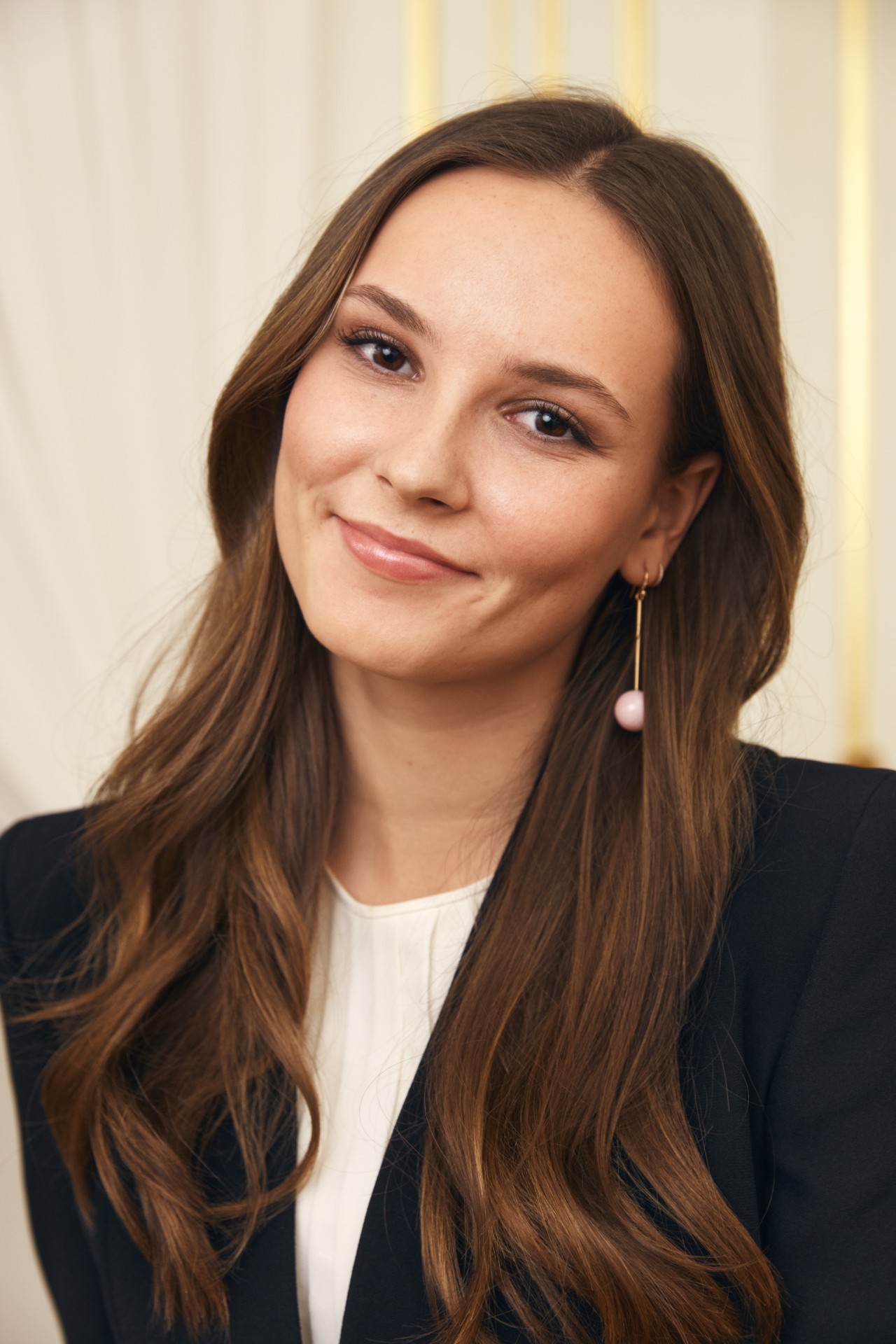
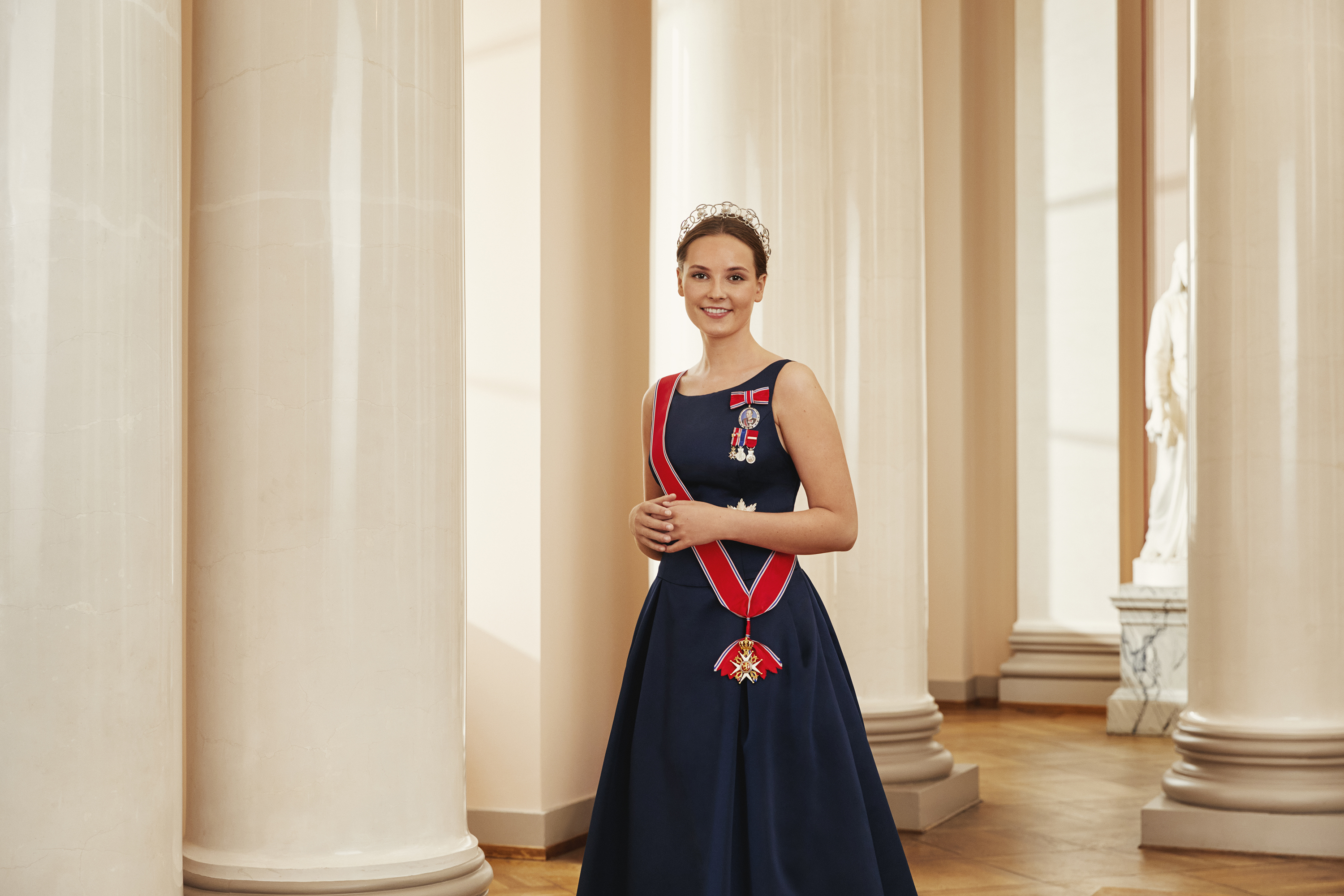



Princess Leonor of Spain
Princess Leonor, 18—the eldest of two daughters born to King Felipe and Queen Letizia—became first in line to the throne following the abdication of her grandfather, King Juan Carlos, in 2014, when she was eight years old. Since then, Leonor has taken part in a bevy of firsts: her first public engagement in 2018, when she was 12; her first public speech on her thirteenth birthday that same year; her first public solo engagement in 2021; and her first international trip without her parents in 2022. This past September, Leonor took the heir’s oath, officially declaring her as next in line to the throne and during which she swore allegiance to the Spanish constitution. Known as the Princess of Asturias, last August Leonor joined the General Military Academy to start her three-year military education and is currently an officer cadet in the General Spanish Military Academy. She is fluent in Spanish and English, has studied Mandarin Chinese, and, when she ascends to the throne, she will be Spain’s first queen regnant since the mid-1800s.
Get exclusive access to fashion and beauty trends, hot-off-the-press celebrity news, and more.
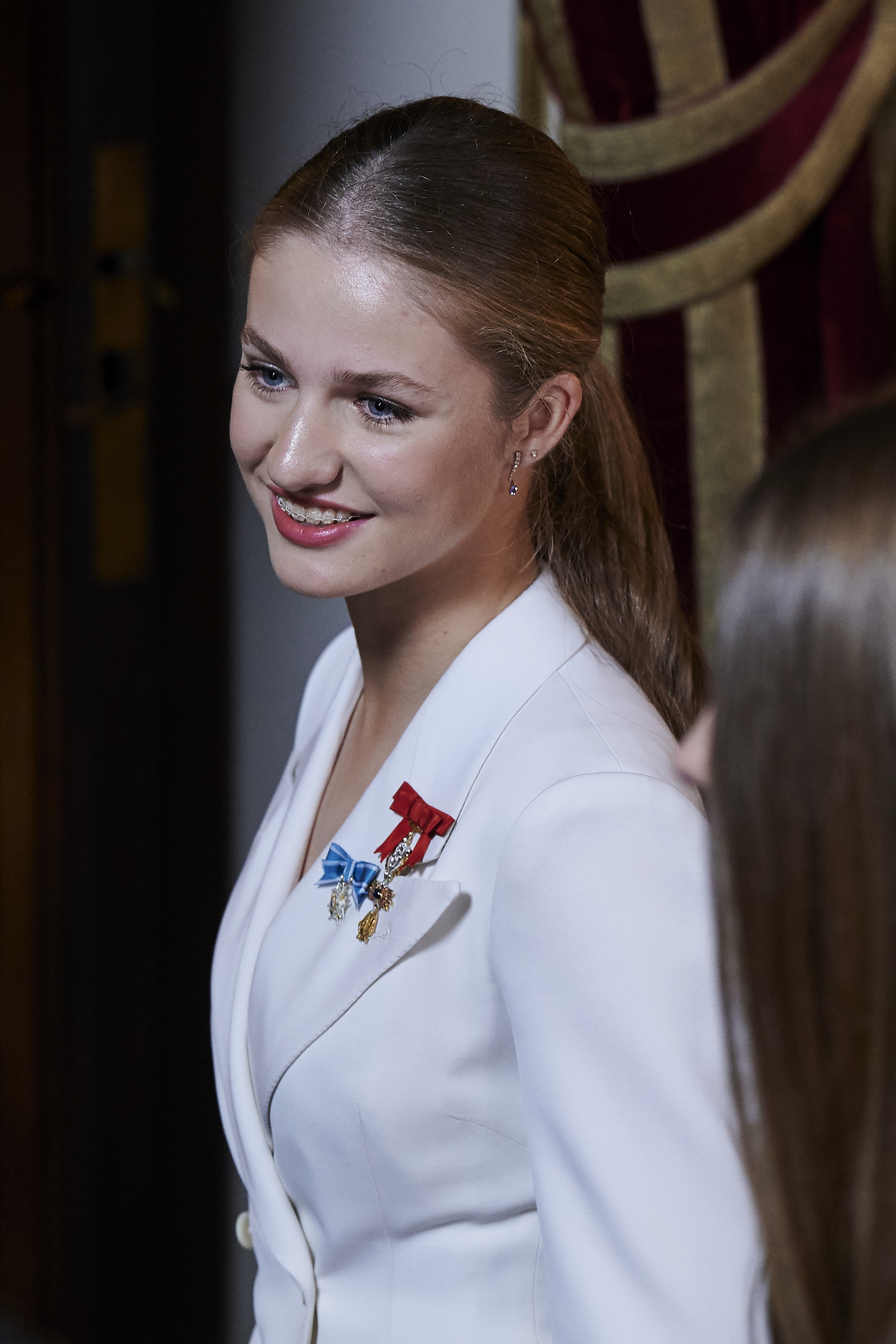
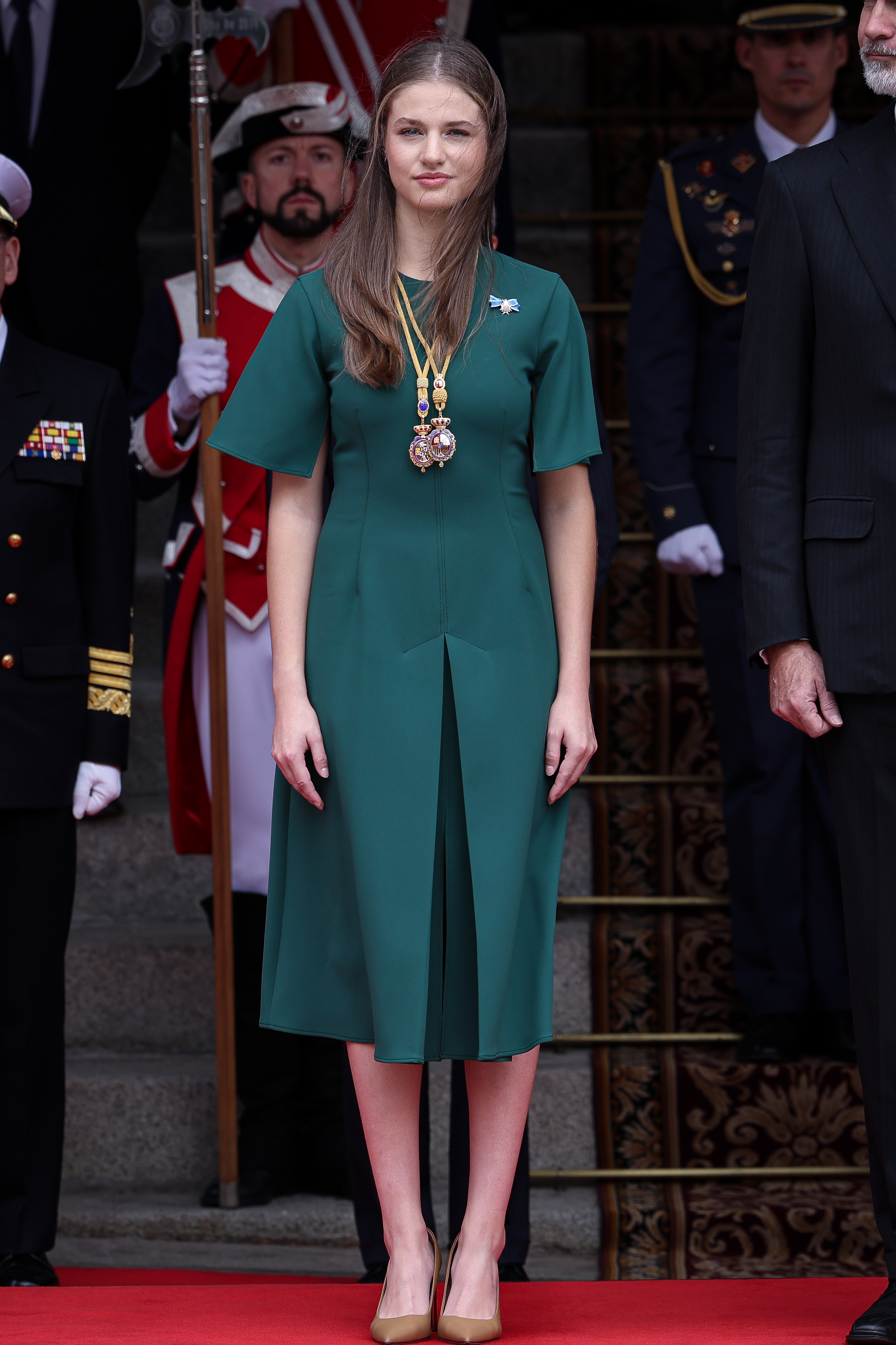




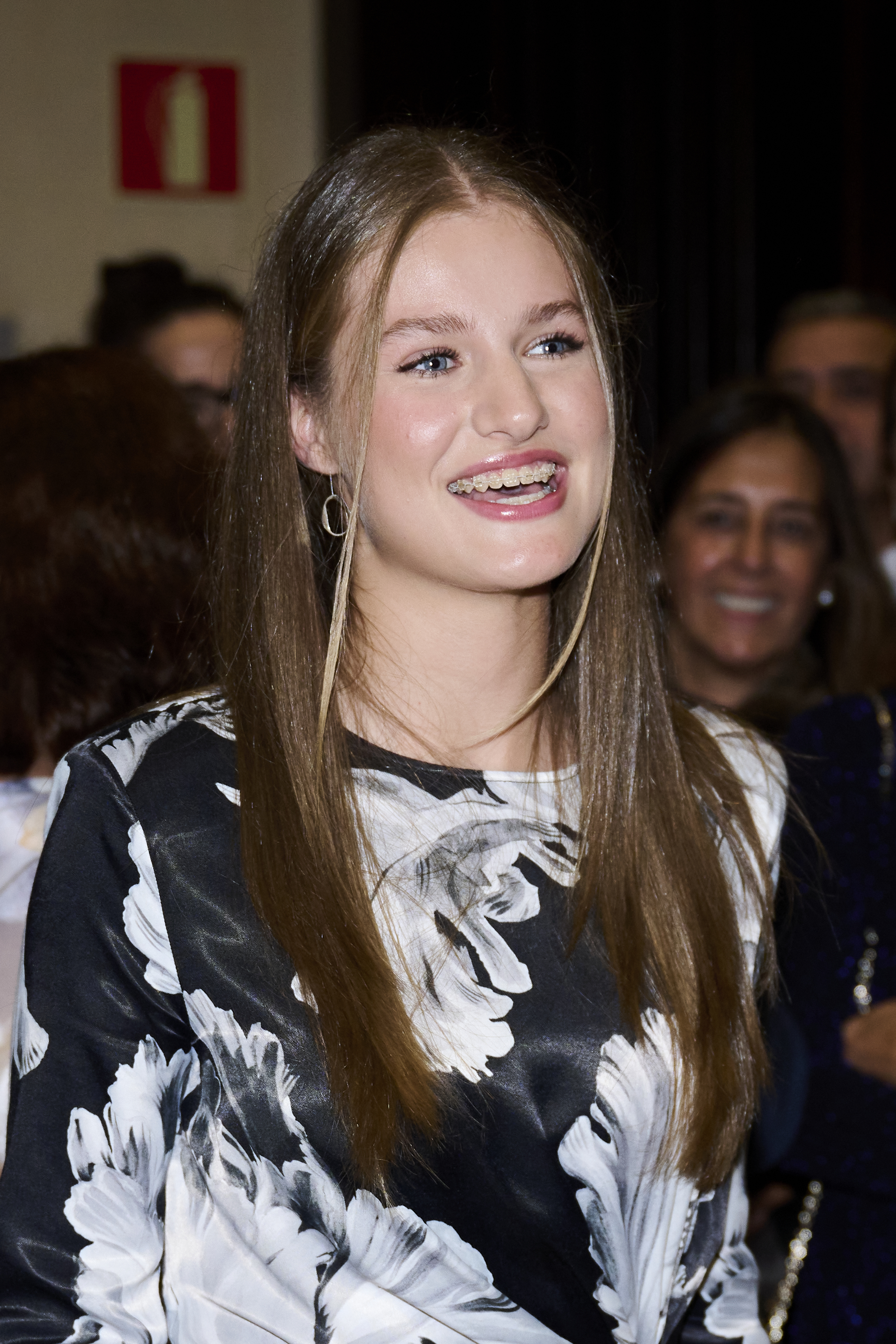
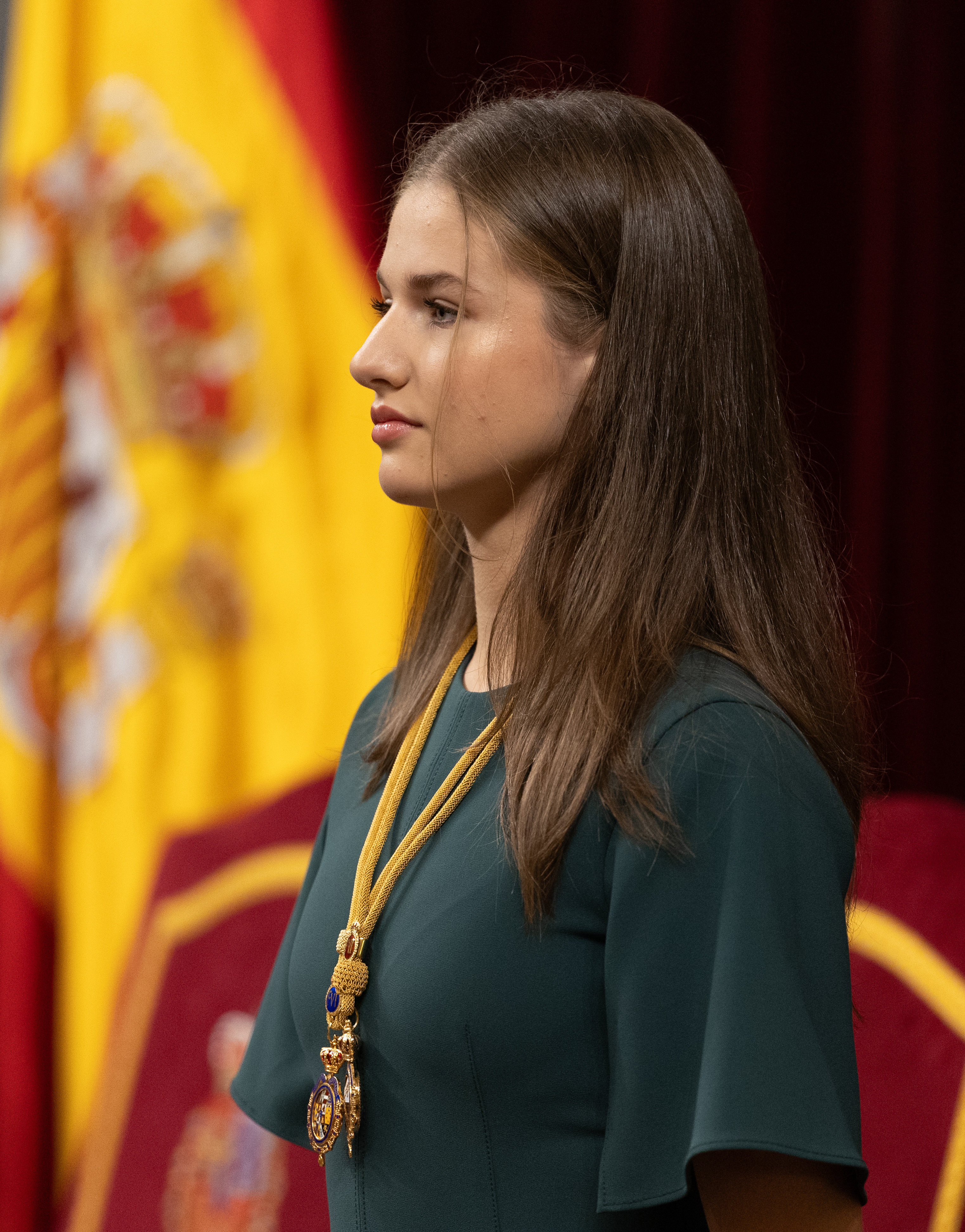

Rachel Burchfield is a writer, editor, and podcaster whose primary interests are fashion and beauty, society and culture, and, most especially, the British Royal Family and other royal families around the world. She serves as Marie Claire’s Senior Celebrity and Royals Editor and has also contributed to publications like Allure, Cosmopolitan, Elle, Glamour, Harper’s Bazaar, InStyle, People, Vanity Fair, Vogue, and W, among others. Before taking on her current role with Marie Claire, Rachel served as its Weekend Editor and later Royals Editor. She is the cohost of Podcast Royal, a show that was named a top five royal podcast by The New York Times. A voracious reader and lover of books, Rachel also hosts I’d Rather Be Reading, which spotlights the best current nonfiction books hitting the market and interviews the authors of them. Rachel frequently appears as a media commentator, and she or her work has appeared on outlets like NBC’s Today Show, ABC’s Good Morning America, CNN, and more.